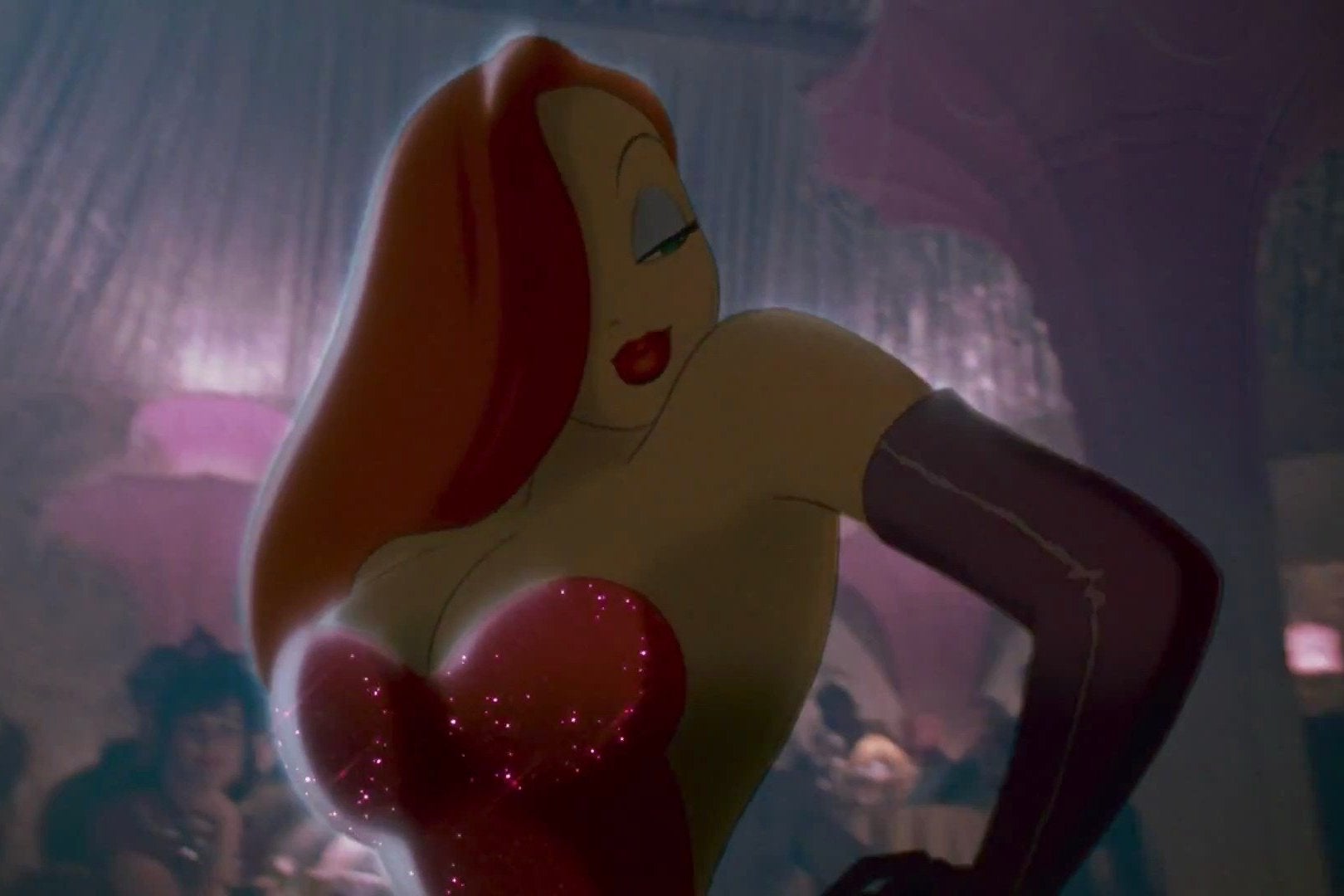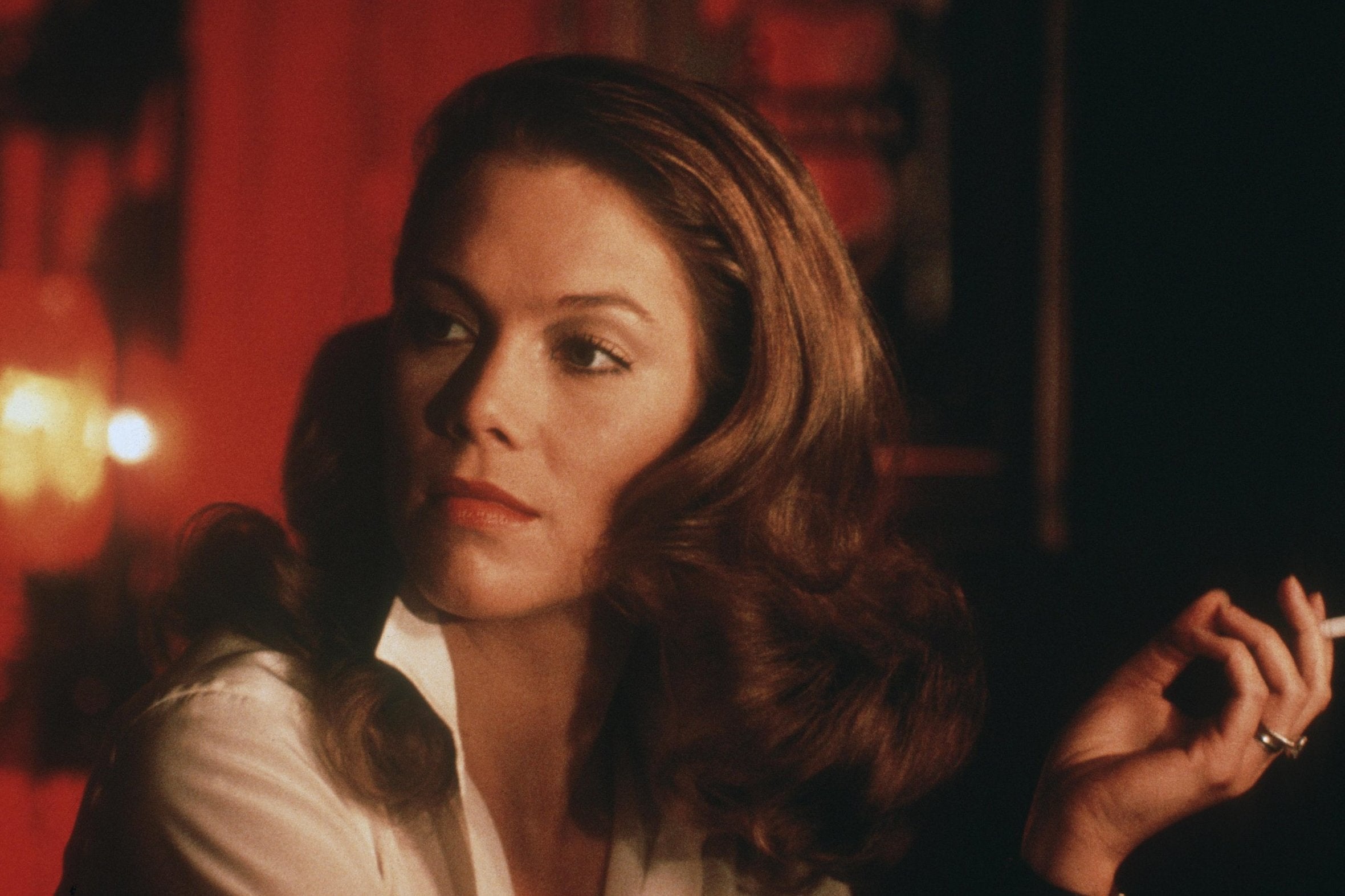Who Framed Roger Rabbit? at 30: The feminist appeal of Jessica Rabbit
Jessica Rabbit may not be much of a femme fatale at heart, as we come to learn, but she’s certainly a woman who understands its power

Jessica Rabbit may not dominate the screen time of Who Framed Roger Rabbit?, which celebrates its 30th anniversary today, but her legacy has become as outsized as her bra measurements. Thanks to those fantastical proportions, she’s both a legitimate sex symbol and the parody of one; an animated cartoon character who’s been lusted over and fetishised to the maximum.
She’s the pure product of the male gaze, in many ways, since her creators – animator Richard Williams and director Robert Zemeckis – have openly described her as the “ultimate male fantasy”. A walking, talking punchline, too: the drop-dead gorgeous babe who’s saddled with the meek, dorky type. How did a gal like her ever end up with a rabbit like Roger?
Yet, the most legendary of sex symbols can rarely be so simplistically interpreted. From Marilyn Monroe to Lara Croft, pop culture pin-ups have often come with their own subversive, feminist appeal: especially within the construct of third wave feminism, which allows space not only to embrace contradiction, but to celebrate it.
Jessica Rabbit, in that light, doesn’t deserve to be written off entirely as two-dimensional fantasy, especially when her presence within the long cinematic history of the femme fatale has such value.
On the one hand, she’s the pastiche. A reflection both of the trope’s heyday in the 1940s and early 1950s, and its revival in the '80s, with the likes of Fatal Attraction (1987) and Black Widow (1987).
She’s an amalgamation of all the most desirable traits of film noir’s classic dames – the curves of Rita Hayworth, the hair of Veronica Lake, the slink of Lauren Bacall – while being voiced by Kathleen Turner, who herself played a Hollywood femme fatale in 1981’s Body Heat (though her raspy, seductive tones oddly go uncredited for Who Framed Roger Rabbit?).

It's no accident that these two eras of femme fatale coincided with the major social shifts experienced by women: the Second World War proved to America that women could capably enter the workforce, while the ‘80s saw the rise of second wave feminism and the push for sexual liberation, a time in which the battleground for equality shifted to women’s bodies.
Unsurprisingly, both were met with a flourish of deep-rooted male anxiety, with the femme fatale acting as an outlet to those fears by directly equating sex with danger. The liberated woman has always come with a heavy caution.
It’s no surprise that Jessica Rabbit’s an immediate suspect for the murder of Marvin Acme, since her sexuality so presumes her to be. Detective Eddie Valiant (Bob Hoskins) is warned of Roger’s naivete about her – “His wife’s poison, but he thinks she’s Betty Crocker” – but her alleged evils never come to surface.

Watch Apple TV+ free for 7 days
New subscribers only. £8.99/mo. after free trial. Plan auto-renews until cancelled

Watch Apple TV+ free for 7 days
New subscribers only. £8.99/mo. after free trial. Plan auto-renews until cancelled
In fact, Who Framed Roger Rabbit? utterly subverts the misogynistic assumptions behind the femme fatale, in a narrative twist equatable to the true identity of Judge Doom (Christopher Lloyd): she’s revealed to be no schemer, no adulteress, no murderer.
She’s a woman who loves a rabbit, and if her feminine wiles can be used to protect him, she's ready and willing. Eddie may think he’s caught her in the act of (literal) patty cake with Acme but, as he learns, she’d only agreed to blackmail him with the photos in an effort to save her husband’s career.
She’ll use her seduction techniques on Eddie, sure, but only if it helps her to track down a missing Roger. A rabbit she hasn’t pursued for fame or power but, as she offhandedly states, because: “He makes me laugh”.
Jessica is, funnily enough, best summarised in her own catchphrase: “I’m not bad, I’m just drawn that way.” A line that exemplifies her own appeal beyond straight objectification: in an almost meta acknowledgement that she exists as a product of the male gaze, a creation of men, she knows all too well that she can both profit off her sexuality and be a victim to it.
This is the crux of a wildly conflicted part of feminist thinking: if there’s no way to escape the rampant commodification of a woman’s body, then is the use of sexuality as a tool for profit merely a way to navigate that stubborn reality? Off stage, Jessica’s an expendable pawn ready to be thrown to The Dip (a toon-melting acid) at a moment’s notice, but under the spotlights of The Ink and Paint Club, she controls the room and everyone in it.
Just as Rita Hayworth’s famous striptease in Gilda (1946) sees her reinstate ownership over her sexuality from the husband and lover who mistreated her, Jessica uses her opportunity to exert full power over the men in the audience as she croons, “Why Don’t You Do Right?”; where other toons in her world have faced only exploitation and denigration – they only pay Dumbo peanuts after all, as one studio head cackles.
Hollywood’s femme fatale may paint a woman’s sexuality as the path to man’s destruction, but flip the lens and it’s also her pathway to personal liberation.
Jessica Rabbit may not be much of a femme fatale at heart, as we come to learn, but she’s certainly a woman who understands its power: to shun traditional femininity gets you marked as a danger, but it can also gain you control over those interested only in controlling you.
As Barbara Stanwyck’s Lily is told in 1933’s Baby Face, before she transforms herself into one of the greatest femme fatales on film: “You have power over men. But you must use men, not let them use you.”